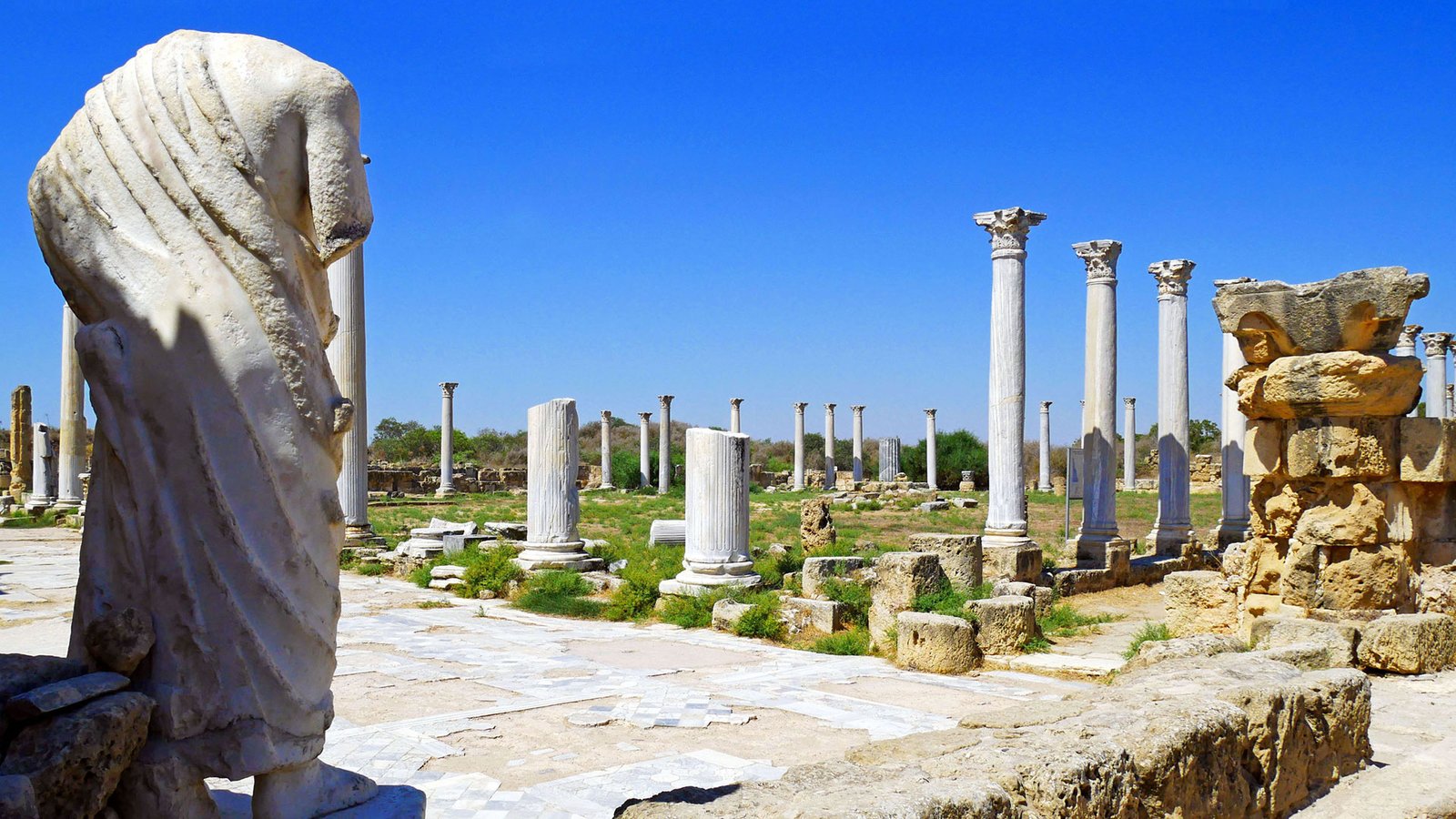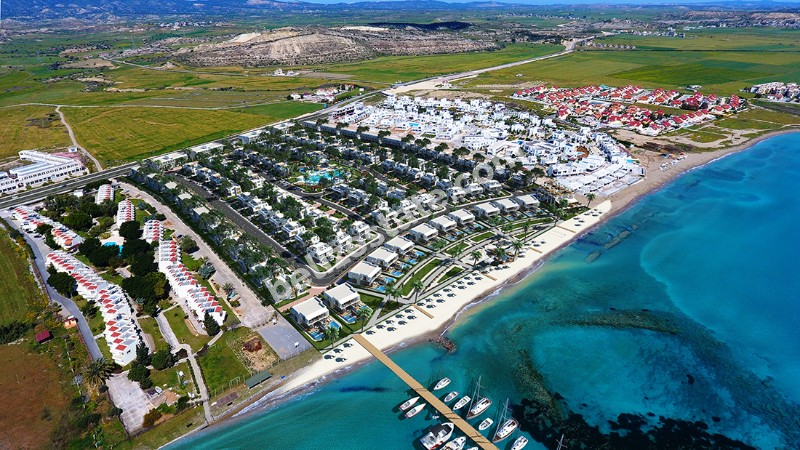Over View
Northern Cyprus, officially known as the Turkish Republic of Northern Cyprus (TRNC), occupies the northeastern part of the island of Cyprus in the Eastern Mediterranean. Known for its rich history, stunning landscapes, and warm hospitality, Northern Cyprus offers a unique blend of cultural experiences and natural beauty that appeals to a wide range of travelers.
Geography and Climate
- Landscape: The region features a diverse landscape, including pristine beaches, rugged coastlines, and the striking Kyrenia Mountain Range (also known as the Five Finger Mountains).
- Climate: Boasting a Mediterranean climate, Northern Cyprus enjoys hot, dry summers and mild, wet winters, making it an attractive year-round destination.
Historical and Cultural Attractions
- Kyrenia (Girne): A charming harbor town famous for Kyrenia Castle, which houses a shipwreck museum with artifacts dating back to the 4th century BC.
- Famagusta (Gazimağusa): Known for its well-preserved walled city, Gothic churches, and the ancient ruins of Salamis, offering a glimpse into the island’s rich past.
- Bellapais Abbey: A 13th-century monastery set against the backdrop of the mountains, providing panoramic views and a peaceful atmosphere.
- St. Hilarion Castle: Perched high in the mountains, this castle is one of the best-preserved of the Crusader castles and offers breathtaking views of the coastline.
Natural Attractions
- Karpaz Peninsula: Often referred to as the “Golden Beach,” this area is renowned for its untouched sandy beaches, crystal-clear waters, and wild donkeys roaming freely.
- Alagadi (Turtle) Beach: A protected area where visitors can witness the nesting and hatching of loggerhead and green turtles during the summer months.
- Aphrodite’s Rock Brewing Company: For those interested in local crafts, this microbrewery offers tours and tastings of its handcrafted beers.
Activities and Experiences
- Water Sports: Opportunities for snorkeling, diving, sailing, and fishing abound along the coast.
- Hiking and Nature Walks: Trails through the Kyrenia Mountains and along the Karpaz Peninsula cater to both casual walkers and serious hikers.
- Cultural Events: Festivals, music concerts, and art exhibitions frequently take place, celebrating the region’s heritage and contemporary arts scene.
- Cuisine: Enjoy traditional Cypriot dishes like kebabs, mezes, and halloumi cheese in local restaurants and tavernas.
Accommodation and Amenities
- Lodging: A range of accommodations is available, from luxury resorts and boutique hotels to budget-friendly guesthouses.
- Dining: Restaurants offer a variety of cuisines, including Turkish, Mediterranean, and international options.
- Shopping: Local markets and shops sell traditional crafts, textiles, and souvenirs.
Travel Information
- Getting There: Visitors can fly into Ercan International Airport in Northern Cyprus via connections through Turkey or cross the border from the Republic of Cyprus in the south.
- Visa Requirements: Entry requirements can vary, so it’s advisable to check with local consulates or official resources before traveling.
- Transportation: Car rentals, taxis, and dolmuş (shared minibusses) are common means of getting around.
- Currency: The Turkish Lira is the official currency, but Euros and other major currencies are widely accepted in tourist areas.
- Language: Turkish is the official language, but English is widely spoken, especially in tourist destinations.
Practical Tips
- Safety: Northern Cyprus is generally considered safe for tourists. Standard precautions should be taken, as in any travel destination.
- Cultural Respect: When visiting religious sites, dress modestly and be mindful of local customs.
- Political Status: Be aware that Northern Cyprus is recognized only by Turkey, and its political situation is unique. Crossing between the north and south parts of the island is possible but requires passing through designated checkpoints.
Conclusion
Northern Cyprus offers a rich and varied experience for travelers seeking history, culture, and natural beauty. Its blend of ancient sites, stunning beaches, and welcoming communities make it a destination worth exploring. Whether you’re interested in delving into the past, enjoying outdoor activities, or simply relaxing by the sea, Northern Cyprus provides a memorable backdrop for your journey.





